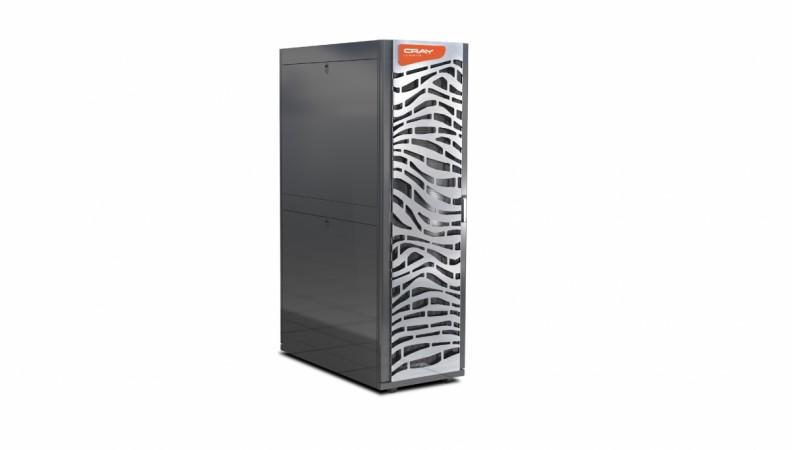
Big data is important, but it's also huge in volume. Analysing the data requires some serious processing power and Cray is reportedly tackling this concern with its new Urika-GX platform.
The Urika-GX platform is said to allow users to reap the benefits of a supercomputer as well as an open, enterprise-ready software framework. Through the platform, users can run multiple analytics workloads on a single platform without compromising on speed, according to a statement from the company.
According to Cray, the Urika-GX platform integrates with the Hortonworks Data Platform providing support for Hadoop and Apache Spark. It also works with the Cray Graph Engine, which is reportedly designed for solving the largest and most complex graph analytics problems.
The company added in the statement that graph analysis has been known to pose some of the most difficult scaling and performance challenges for modern analytics systems, and that the Cray Graph Engine on the Urika-GX platform is up to 100 times faster than competing solutions.
According to Cray, the new platform is being used in the life sciences, healthcare, and cybersecurity industries, and that the Broad Institute of MIT and Harvard, a non-profit aimed at advancing the understanding and treatment of disease, is using the system to analyse genome sequencing data.
In the statement, Cray President and CEO Peter Ungaro said the system is a combination of the features of Cray's Aries system interconnect that is a part of its supercomputers, its cluster architecture, Urika-GD appliance's scalable graph engine and the pre-integrated, open-infrastructure Urika-XA system.
"The Urika-GX gives our customers the tool they need to overcome their most advanced analytics challenges today, and the platform to bridge to tomorrow," Ungaro was quoted as saying.
The Cray Urika-GX system reportedly features Intel Xeon Broadwell cores, 22 TB of memory, 35 TB of local SSD storage capacity, and the Aries supercomputing interconnect. It can be configured to operate 16, 32, or 48 nodes and will be available in Q3 2016, said the company in the statement, adding that larger configurations will be made available in the second half of 2016.

















